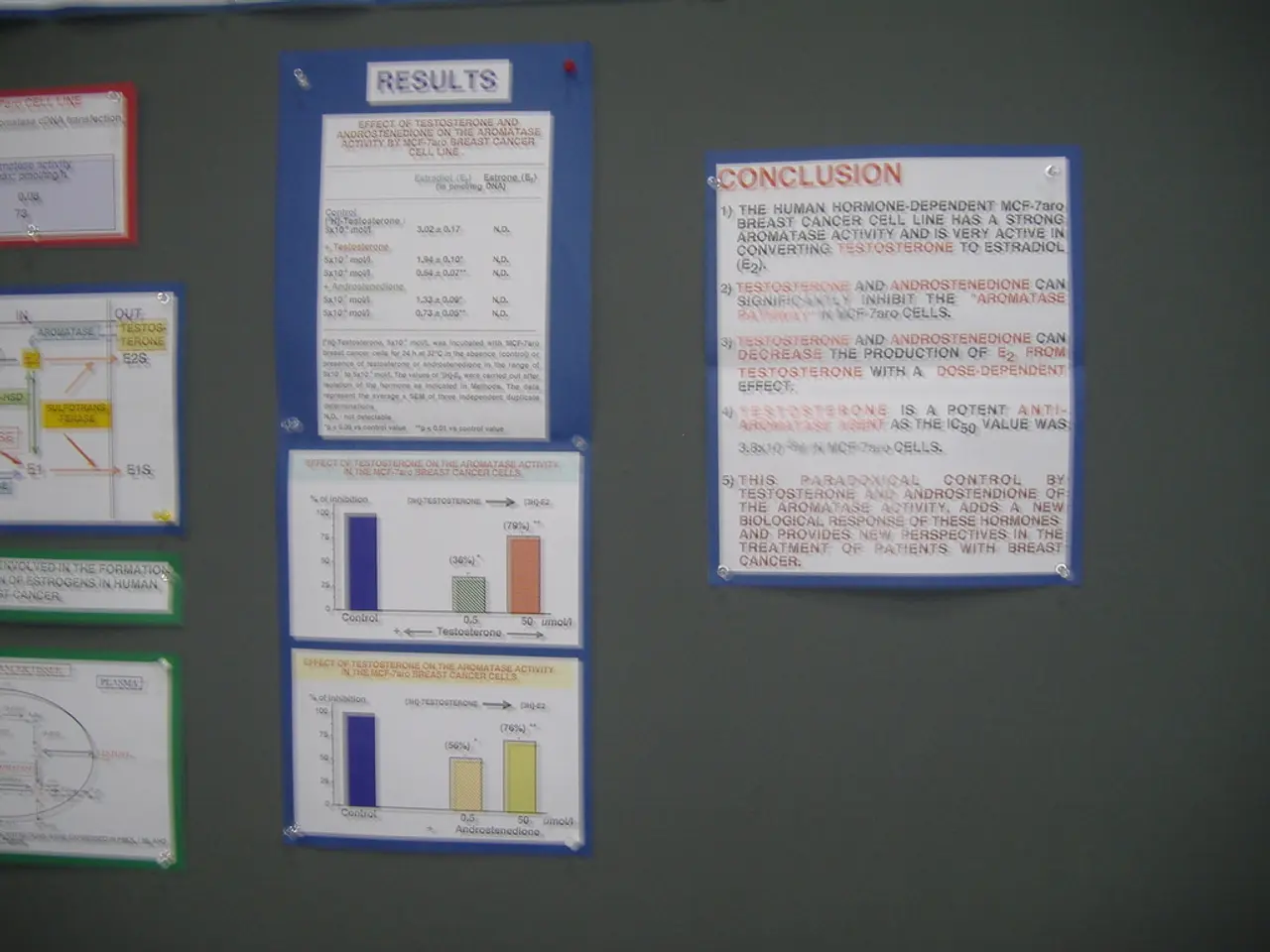New regulation set by the CFPB caps overdraft fees at five dollars
The Consumer Financial Protection Bureau (CFPB) has announced a new rule regarding overdraft fees, aiming to provide relief to American families who have been burdened by excessive charges.
The rule, set to take effect from October 1, 2025, allows banks to choose between a $5 charge per overdraft, a fee equal to their costs and losses, or current rates (around $35) with customer notifications. This move is expected to save U.S. consumers $5 billion annually, according to the CFPB.
However, the CFPB's rule has been met with mixed reactions. Former Federal Reserve Vice Chair Lael Brainard, now the director of the National Economic Council, welcomed the anticipated savings, calling excessive overdraft fees a burden that prevents hardworking Americans from getting ahead. On the other hand, the American Bankers Association has expressed concern that the rule may make it harder for banks to offer overdraft protection to their customers, including those with few other options.
Consumers paid more than $5.8 billion in reported overdraft and nonsufficient funds fees last year, according to the CFPB. The rule aims to crack down on excessive overdraft fees and require banks to be more transparent about the interest rates they charge on overdraft loans, as stated by CFPB's Director Rohit Chopra.
The loophole to which CFPB Director Rohit Chopra referred is a holdover from the late 1960s, when Congress passed the Truth in Lending Act, and banks were exempted from TILA protections due to slower processing times for deposits and withdrawals.
The CFPB's rule is part of a broader effort to disrupt the banking industry, with various schools of thought on how to achieve this disruption. Some argue that excessive overdraft fees can lead to involuntary account closures and even customers being blocked out of the banking system altogether, as stated by Christine Chen Zinner, a senior policy counsel at Americans for Financial Reform.
However, the CFPB's enforcement actions against overdraft fees appear to be less aggressive currently, with the agency focusing more on pressing threats but deprioritizing many prior initiatives involving overdraft fee scrutiny and related settlements. This regulatory pullback may lessen immediate compliance or refund obligations for large institutions.
Meanwhile, banking trade groups have argued that the CFPB's interpretation of TILA is not supported in the act's statutory language. The CFPB's final rule is expected to face pushback from entities seeking to stall its implementation.
In a notable development, as of August 2025, the CFPB has moved to withdraw the $95 million settlement it reached in November 2024 with Navy Federal Credit Union regarding overdraft fees charged to service members. This settlement had required $80 million in refunds to affected members and a $15 million fine on the credit union and was the largest ever assessed against a credit union for overdraft fees.
The CFPB's rule is intended to address concerns that large banks have been exploiting a legal loophole to drain billions of dollars from Americans' deposit accounts. Some banks, such as Ally, Capital One, Citi, and others, have already eliminated or reduced overdraft fees in recent years.
The Consumer Bankers Association (CBA) has expressed concerns that the CFPB's rule on overdraft policies may force some Americans to seek credit from payday lenders and pawn shops.
In summary, as of October 2025, the CFPB’s final rule and enforcement on overdraft fees, particularly for large banks and credit unions, are in a state of flux. The bureau is conducting an agency-wide reassessment of overdraft regulatory guidance and enforcement priorities, signaling a possible regulatory rollback or major revision in this area. Large institutions with overdraft fee programs should closely monitor for forthcoming rulemakings or guidance changes expected in the near future.
This situation reflects the broader CFPB leadership transition and policy priorities shifts occurring in 2025, emphasizing less aggressive enforcement and rulemaking in certain consumer financial protections compared to prior years.
- The new rule set by the Consumer Financial Protection Bureau (CFPB) regarding overdraft fees is expected to impact the banking-and-insurance industry, potentially saving U.S. consumers $5 billion annually in personal-finance costs.
- The rule aims to address concerns that large banks have been exploiting a legal loophole to drain billions of dollars from Americans' deposit accounts, leading to a broader effort to disrupt the banking industry.
- The CFPB's rule on overdraft policies may lead some Americans to resort to alternatives like payday lenders and pawn shops in the finance industry, as large banks reduce or eliminate overdraft fees.




